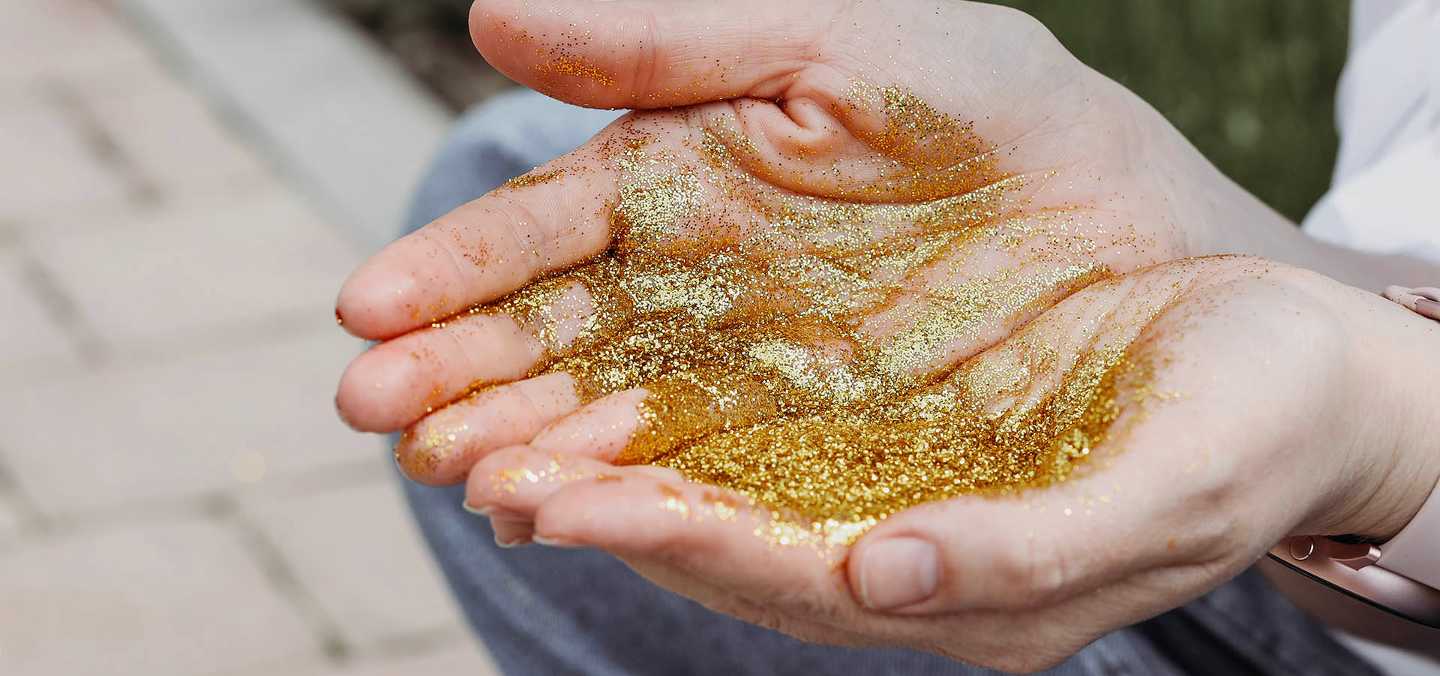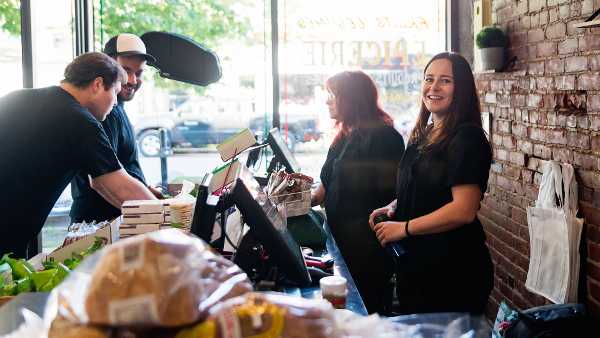Microplastics ban: what rules apply now?

- Background
- 14 December 2023
- Edited 11 June 2025
- 3 min
- Managing and growing
- Sustainability
Microplastics are everywhere: in the oceans, in the air, and even in our food and drinking water. These tiny pieces of plastic are difficult to remove and harmful to humans and animals. That is why there is now a European ban on some microplastics.
Selling loose plastic glitter and plastic granules under 5 millimetres in size has not been allowed since 17 October 2023. For other products that may contain small particles of plastic, such as skin creams, the ban will take effect in the coming years. Between now and 2035, the ban will come into force for more than 10 types of products.
What does the ban mean?
Microplastics are small plastic particles with a maximum size of 5 millimetres. These particles are found in a lot of products we use every day. As a result, they easily end up in the environment, for example through sewage. And because they are not biodegradable, they remain in nature forever. Since October 2023, you are no longer allowed to sell loose microplastics. With the ban, the EU wants to prevent 500,000 tons of small plastic particles from ending up in the environment over the next 20 years. The ban also applies to products that have loose microplastics added to them. For example, a birthday card, Christmas decorations, or exfoliating creams. Do you still have an existing inventory of such items? Then you may still sell them until your stock runs out.
Microplastics and microplastics
There are 2 categories of . The small plastic particles that are deliberately manufactured by humans and the plastic particles that are created by the breakdown of larger plastic objects, such as litter or wear on tyres. This ban deals only with the first kind. Other rules apply to microplastics created from litter, such as the EPR for Litter.
Which products does the ban apply to?
The ban applies to the following non-biodegradable microplastics:
- loose microplastics measuring 5 millimetres or less
- products to which microplastics measuring 5 millimetres or less have been intentionally added
Loose microplastics
In addition to glitter, plastic beads also fall under the heading of "loose microplastics”. These are also called plastic granules or plastic pellets. These types of microplastics are often used as filling for stuffed animals or pillows, for example.
Microplastics in or on other products
Microplastics used in or on another product are also subject to the ban. Such as the glitter on Christmas decorations or party hats. The glitter falls off during use, so these particles often end up in the environment. In exfoliating creams and cleaning products, you will find another type of microplastic often called beads, grains, or granules for exfoliating or scrubbing. Products containing these microplastics are covered by the ban that went into effect on 17 October 2023.
When will the ban take effect?
The ban already applies to some products, such as loose plastic glitter and products with microbeads. Between now and 2035, the ban will expand to apply to more than 10 types of products containing microplastics. For example, rinse-off beauty products such as shampoo will also be banned from containing other forms of microplastics from 17 October 2027. Detergents, cleaning products, fertiliser products, and microplastics used in agriculture and horticulture will follow in 2028.
The timeline below shows when the rules take effect for each category. Until then, you may still sell those products, but not after the date stated.
Timeline ban on microplastics
The ban on microplastics has applied to a number of products since 17 October 2023. The law will be expanded in the coming years and will apply to more and more products.
- On 17 October 2023, the ban came into force for loose glitter, loose plastic granules, and products with microbeads for scrubbing or exfoliating (such as exfoliating creams and cleaning products).
- On 17 October 2027, the ban will also apply to rinse-off beauty products.
- On 17 October 2028, the ban will also apply to laundry detergents, cleaning products, other forms of microplastics for use in agriculture and horticulture, and fertiliser products.
- On 17 October 2029, the ban will also apply to products that use microplastics to add fragrance, such as laundry detergent. And for beauty products that remain on your skin or hair.
- On 17 October 2031, the ban will also apply to crop protection products and plastic granules for use in plastic sports fields and floors.
- On 17 October 2035, the ban will also apply to make-up, lip, and nail products.
Please note that there are specific rules and exceptions for each product group. You can find more information about the ban on on the European ’s site.
Do you sell any of these products? Then you need to find an environmentally friendly alternative. These already exist for most product types. For example, you can replace plastic glitter with biodegradable glitter.
What if I do not follow the rules?
The Netherlands Food and Consumer Product Safety (NVWA) is responsible for monitoring the microplastics ban, but does not yet actively do so. The NVWA does take action if it receives a report about companies not complying with the ban. In that case, you could be fined or penalised. For example, you could lose your licence.
Frequently asked questions
Products made of glass or metal, natural, biodegradable, or soluble loose glitter are not part of the ban. The rules also do not apply to glitter incorporated into solid material. For instance, glitter in glue, paint or ink. Or glitter in a snow globe, jewellery, or clothing. Beads and sequins are also not covered by the ban. In addition, the ban does not apply to loose microplastics that have already been put on the market. So you don't have to recall products you have sold or remove products now on the shelves.
Products subject to the ban from 17 October 2023, had to be within the EU customs territory by that date. If they entered the EU after 17 October 2023, you are not allowed to sell them.
There are specific rules and exceptions for each product group. You can find more information about the ban on microplastics and the transition periods for the other products on the European Commission's .

